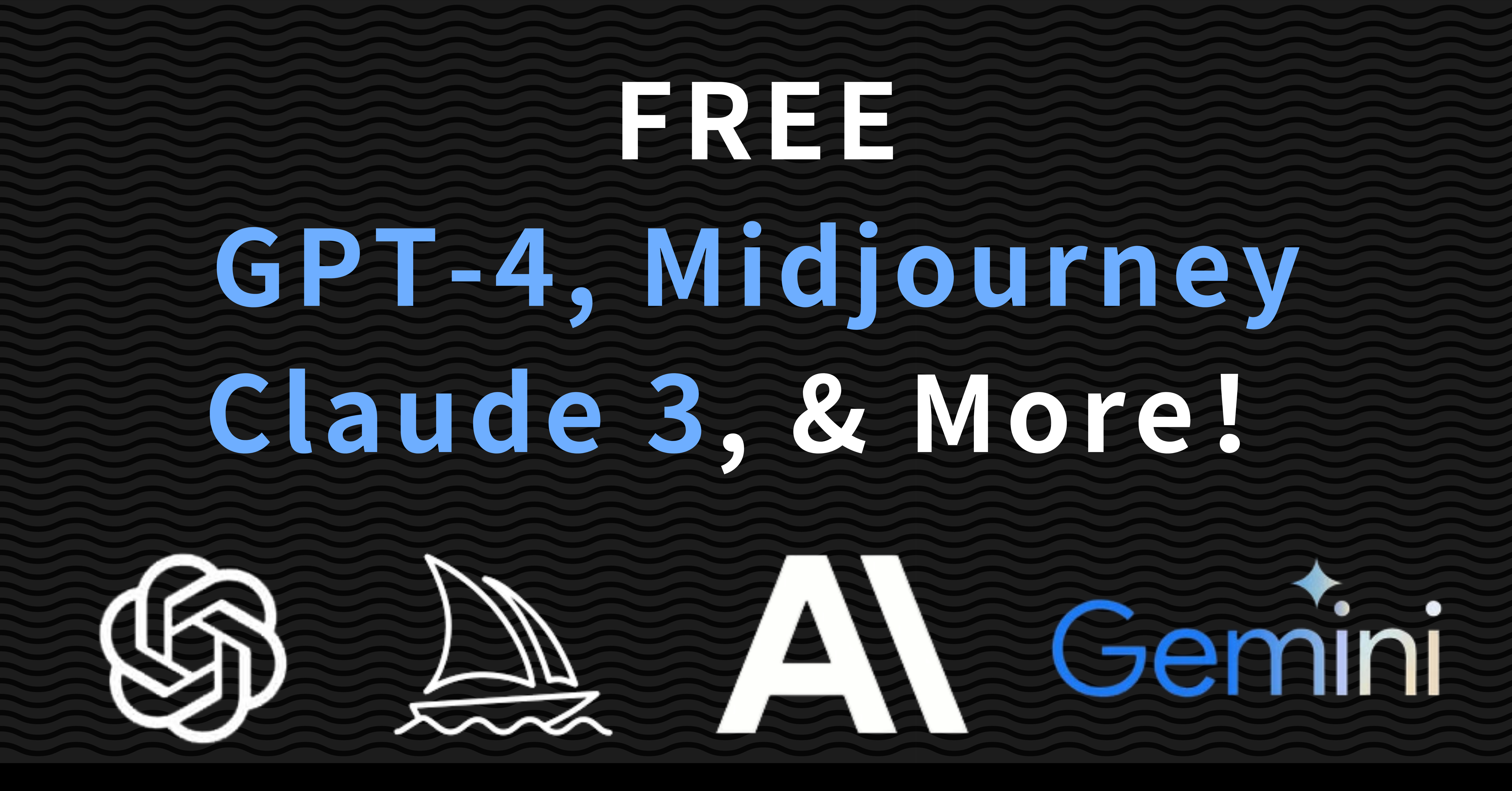How Reliable is AI for Translating Text Between English and Spanish?

Introduction: Understanding AI in Language Translation
Hey there, AI enthusiasts and professionals! Are you constantly juggling PDFs and other documents, trying to make sense of translations between English and Spanish? We get it—it's not just about finding the right words, but ensuring the translation captures the true meaning and context. This is where AI comes into play, offering solutions that can save you time and improve accuracy.
In our interconnected world, seamless translation is more critical than ever. But how reliable are these AI tools? Can they really handle the complexities of human language? In this blog, we're diving deep into the reliability of AI for translating text between English and Spanish. Unlike the usual overviews, we're here to explore the nuances and lesser-known aspects of AI translation.
We'll break down how machine learning algorithms power these tools, the metrics used to gauge their accuracy, and how different AI translation services stack up against each other. Plus, we'll share real-world examples and case studies that highlight the practical applications and challenges of AI translations.
Whether you're using AI for business communications, educational materials, or everyday tasks, understanding its capabilities and limitations is essential. Join us as we uncover the intricacies of AI language translation and explore its future potential. Let's see how AI can help you work smarter, not harder, in navigating the language barrier.
The Evolution of AI Language Translation
AI language translation has come a long way since its inception. Early translation tools relied on rule-based systems that attempted to map languages based on predefined grammar rules. However, these systems were limited in their ability to handle the complexities and nuances of human languages. The advent of machine learning and neural networks marked a significant turning point, enabling translation tools to learn from vast datasets and improve their performance over time.
Neural machine translation (NMT) models, such as those used by Google Translate and GlobalGPT, have revolutionized the field by leveraging deep learning algorithms. These models can process entire sentences and paragraphs, capturing context and meaning more accurately than their predecessors. The continuous advancements in AI and the increasing availability of multilingual data have further enhanced the quality and reliability of AI translations.
The Role of Machine Learning in Translation
Machine learning algorithms are the backbone of modern AI translation tools. These algorithms analyze vast amounts of bilingual text data to identify patterns and relationships between words and phrases. By training on diverse datasets, AI models can develop a nuanced understanding of language, enabling them to produce more accurate and contextually appropriate translations.
One of the key components of machine learning-based translation is the use of attention mechanisms. These mechanisms allow models to focus on relevant parts of a sentence, improving their ability to capture context and produce coherent translations. Additionally, continuous learning and adaptation enable AI models to stay updated with evolving language usage, ensuring their translations remain relevant and accurate.
Key Metrics for Evaluating AI Translation Reliability
To determine the reliability of AI translations, several key metrics are used:
Accuracy of Translations
Accuracy is a fundamental metric for evaluating AI translations. It measures how closely the translated text matches the original in terms of meaning and syntax. Studies have shown that AI tools like Google Translate achieve high accuracy rates for English to Spanish translations, often surpassing 90% in simple contexts. However, accuracy can vary significantly based on the complexity of the text and the specific language pair.
Readability and Context
Readability and context are crucial for ensuring translations are not only accurate but also natural and easy to understand. AI translation tools must capture the subtleties of language, including idiomatic expressions and cultural references. While AI has made significant progress in this area, challenges remain, particularly with informal or colloquial speech.
Comparison of Leading AI Translation Tools
Google Translate
Google Translate is one of the most widely used AI translation tools. It leverages NMT models to provide translations for over 100 languages. A study by Preply here found that Google Translate performs well for English to Spanish translations, achieving high accuracy rates. However, it still struggles with idiomatic expressions and cultural nuances, highlighting the limitations of AI in fully capturing the richness of human language.
GlobalGPT's Translation Capabilities
GlobalGPT offers a unique approach to AI translation, integrating multiple advanced models like ChatGPT-4, Dall-E3, Midjourney, Claude, Gemini, and Llama. This integration allows GlobalGPT to leverage the strengths of each model, enhancing the overall accuracy and contextual understanding of translations. The ability to access multiple models simultaneously provides a more comprehensive solution for complex translation tasks.
Real-world Applications and Case Studies
Business Communications
AI translation tools are widely used in business communications to bridge language barriers. Companies rely on these tools to translate emails, reports, and marketing materials, ensuring clear and accurate communication with international partners. For example, a multinational corporation might use AI translations to localize product descriptions for different markets, enhancing customer engagement and satisfaction.
Educational Materials
In educational contexts, AI translations facilitate access to learning materials for non-native speakers. Students and educators can use these tools to translate textbooks, research papers, and other academic resources, promoting inclusivity and knowledge sharing. AI translations also support language learning by providing instant translations and explanations, aiding in comprehension and retention.

Pay-as-You-Go:
Top Up from Just $1 Balance Never Expires
All-in-One: Access All Models in One Place
AI Total Data Privacy
Unlimited Usage Limitation
Accepts Fiat and Crypto Payments
Limitations and Challenges of AI Translation
Cultural and Contextual Nuances
One of the significant challenges AI translation tools face is capturing cultural and contextual nuances. Languages are deeply intertwined with culture, and certain expressions or phrases may not have direct equivalents in other languages. AI models often struggle with these subtleties, leading to translations that can be technically accurate but culturally inappropriate or misleading.
Technical Jargon and Specialized Terms
Another limitation is the translation of technical jargon and specialized terms. While AI models excel at general language translation, they often fall short when it comes to industry-specific vocabulary. This can be problematic in fields such as medicine, law, or engineering, where precise terminology is crucial. Human oversight and domain-specific training are essential to address these gaps and ensure accurate translations.
Future Prospects of AI Translation
Looking ahead, the future of AI translation holds exciting possibilities. Continued advancements in AI and machine learning, coupled with larger and more diverse datasets, will further improve translation accuracy and contextual understanding. Innovations such as adaptive learning and user feedback integration will enable AI models to fine-tune their translations based on individual preferences and real-world usage. The goal is to achieve translations that are not only accurate but also culturally and contextually appropriate, bridging language barriers more effectively than ever before.
Conclusion: Balancing AI Translation Use
In summary, AI has made significant strides in translating text between English and Spanish, leveraging advanced machine learning algorithms and neural networks to improve accuracy and contextual understanding. Tools like Google Translate and GlobalGPT demonstrate the potential of AI in breaking language barriers, offering practical solutions for both business communications and educational materials.
However, despite these advancements, AI translation tools are not without limitations. They often struggle with cultural nuances, idiomatic expressions, and specialized terminology. This is where human oversight becomes crucial. Human translators bring an understanding of context and cultural subtleties that AI currently lacks, ensuring that translations are not only accurate but also appropriate and effective.
For those who frequently use AI products and rely on translations in their daily work, such as handling PDFs and other documents, a balanced approach is essential. Combining the speed and efficiency of AI translation tools with the expertise of human translators can yield the best results. This hybrid approach maximizes reliability and ensures that translations meet the highest standards of quality and accuracy.
As AI technology continues to evolve, the integration of user feedback and adaptive learning will further enhance translation capabilities. The future holds promise for even more sophisticated and reliable AI translation tools, ultimately bridging language barriers more effectively and fostering better global communication. By staying informed and leveraging the strengths of both AI and human translators, users can navigate the complexities of language translation with confidence and precision.
See Also
Free Mastery of Claude 3 Opus: An In-Depth Manual
Free Access to GPT-4: A Detailed Tutorial
AI Empowerment: Unleashing the Potential of ChatGPT
